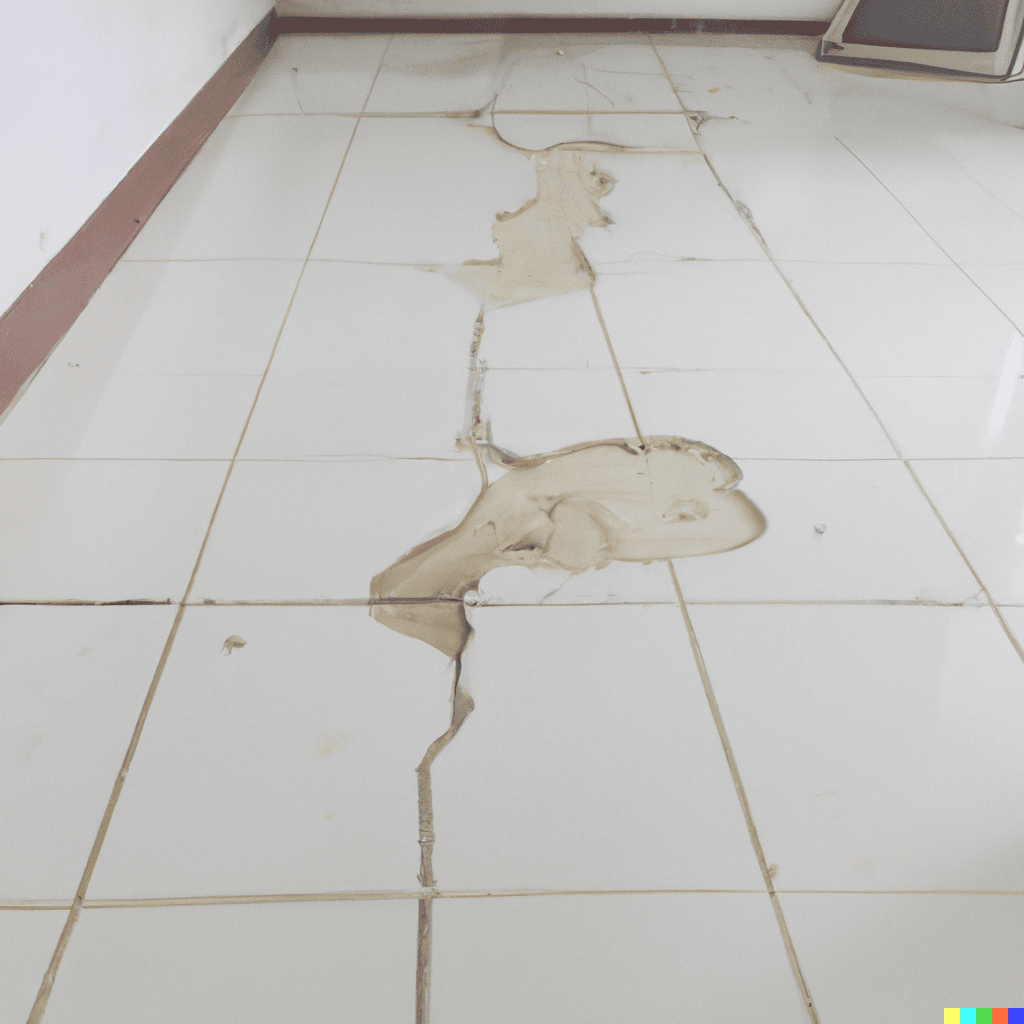

Repairing water-damaged floors is a crucial home repair task, especially after a flood or a plumbing mishap. Understanding the intricacies of water damage and the steps for repairing different types of flooring is essential for a successful restoration. This comprehensive guide will walk you through the process of repairing water-damaged floors, from initial assessment to final restoration. We’ll explore various flooring types, explain different repair methods, and provide actionable steps. We’ll also discuss the importance of professional help, including navigating insurance claims. By the end of this guide, you’ll be equipped to address water damage effectively and restore your floor to its former glory.
Assessing the Damage:
Initial Evaluation:
Before attempting any repair, carefully assess the extent of the water damage. Document the affected areas, noting the type of flooring, the source of the water damage, and the severity of the problem. This preliminary step will help you determine the appropriate repair methods and materials. Consider factors such as the presence of mold or mildew, the depth of water penetration, and the overall condition of the subfloor. If you’re uncertain about the extent of the damage, it’s best to contact a professional for a thorough inspection. Taking pictures or videos can be helpful for documentation and insurance claims. A professional can help determine if the damage is structural or superficial. This will guide you toward the appropriate course of action, saving you time, effort, and potential future problems.
Identifying the Source of Water Damage:
Pinpointing the source of the water damage is crucial for effective repair. Was it a burst pipe? A leaky roof? A flood? Knowing the source will help determine the extent of damage and guide you towards preventative measures. If the source isn’t immediately obvious, consider calling a plumber or a water damage restoration service to investigate further. Understanding the source will allow you to address both the visible and hidden water damage for comprehensive repair.
Repairing Different Flooring Types:
Hardwood Floors:
Hardwood floors, with their beauty and durability, require careful attention during water damage repairs. First, remove any standing water promptly. Next, carefully dry the affected area using fans, dehumidifiers, and absorbent materials. If the subfloor is significantly damaged, you may need to replace it. Consult with a professional for expert advice on restoring the subfloor and preventing future damage. Professional-grade drying methods and materials are essential for effective hardwood floor repair. Inspect for signs of warping, cupping, or separation in the wood, which often indicate significant water damage.
Laminate Floors:
Laminate floors, a popular choice for their affordability and resilience, are often affected by water damage, especially if the subfloor is not properly waterproofed. Dry the affected area thoroughly to prevent further damage. If necessary, replace the damaged laminate planks. Ensure that the subfloor is completely dry before reinstalling the laminate floors, as moisture can lead to further damage. Using specialized drying techniques is essential, as improper drying can lead to warping or buckling. Consult a flooring professional for guidance on selecting new laminate materials that can withstand potential future moisture issues.
Preventing Future Damage:
Identifying Underlying Problems:
After assessing and repairing the water-damaged floors, it’s crucial to address any underlying issues that contributed to the water damage. This includes identifying plumbing leaks, damaged gutters, and roof problems that could cause future issues. By pinpointing and fixing these underlying causes, you can prevent future damage to your home’s structure. This also ensures you aren’t just repairing a symptom, but also addressing the root of the problem, avoiding a recurrence.
Insurance Claims and Professional Help:
Navigating Insurance Claims:
Understanding the insurance claim process can ease the restoration process. Gather all the necessary documentation, including photos and videos of the water damage and any damage reports from professionals. Documentation is key to a successful claim. Working with a restoration specialist to assess the damage and develop a repair plan can help streamline the claim process. Also, familiarize yourself with the specific coverage and requirements outlined in your policy.
Consulting Professionals:
In cases of significant water damage, it’s wise to consult with a water damage restoration company or specialized contractors. They possess the expertise and equipment to handle complex repairs effectively and safely, preventing further damage or mistakes. Their knowledge of moisture detection, extraction, and drying methods is often crucial. If you are unsure about the extent of the damage or lack the necessary tools, it’s always recommended to hire professionals.
Restoration Techniques:
Drying Methods:
Utilizing appropriate drying methods is essential for preventing mold growth and ensuring that the damaged areas are completely dried. This could include using specialized equipment like dehumidifiers and air movers to accelerate the drying process. The proper equipment and expertise are crucial to ensure complete drying, eliminating the risk of further problems.
Example of a Study Case:
Materials Needed and Costs:
Other Considerations:
Maintenance Tips:
This is an optional field, and would include relevant and comprehensive answers to common questions related to water damage repair.
In conclusion, repairing water-damaged floors requires a systematic approach, considering factors like the type of flooring, the extent of damage, and the necessary materials. By following the steps outlined above and consulting with professionals when needed, homeowners can effectively restore their floors to their former glory. For expert assistance with water damage restoration, contact [your company name or relevant service provider] today. We’re here to help you reclaim your home from water damage.